Are there any divers among us? We saw several cool models on PrusaPrinters that show that the diving community is using 3D printing to improve their equipment. Let’s have a look at how to print great improvements, save a little money, (but most importantly) have fun with 3D printing and diving.
The first question you might ask is why would anyone print diving equipment when there are so many accessories available at various diving stores. Well, it’s quite easy: with 3D printing, you can print original pieces with a custom design that fits your setup and needs. You may sometimes find some piece of equipment that is simply not available or not good enough, or you can customize it with your own personal touches. After all, not everything needs to be black, simple and with a manufacturer logo. Instead, try to print it in color and make sure your buddy won’t lose you among other divers. So, let’s dive into (sorry, we couldn’t resist) our top picks for useful diving gadgets! You may even find some inspiration there and design something yourselves.
“Dry” models
Let’s start with models that usually don’t come in direct contact with water. The big advantage in 3D printing for these models mostly comes from more choices of material and print settings. Most of the dry models don’t require any extra mechanical resistance, plus it doesn’t matter whether it’s hollow or not – you don’t need to care about floating properties or water leaks.
The most frequently used prints are various hangers, holders, bottle caps, and similar gadgets. We like this hanger, threaded octopus holder and bottle plugs/dust caps. It’s not hard to find models that will help you get your feet wet with printing diving accessories, simply see our collection or browse the sports & outdoor category to dive in.
We suggest printing this diving gear hanger at a 101% scale. At 100% scale, the thread might not fit right for your regulator.
Slightly more difficult (but much more useful) projects are various tank carriers or holders. Anyone transporting tanks in a car knows how dangerous it might be to have a loose tank in a trunk. Unfortunately, we cannot say what project is the best (or not). Every tank carrier available online is tailored for the specific needs of its user and usually uses a lot of other materials than 3D printed parts. We suggest you make your own design that will suit your needs as well as possible. Just be prepared that it will take some time and require a lot of patience. Meanwhile, let’s take a look at more useful gadgets that can be used underwater.
“Wet” models
If the model goes underwater, you need to consider several small adjustments. It makes sense that printing with basic settings (0.15mm layer height, 2 perimeters, 15% gyroid infill) will make the model hollow and it will float, but water can leak inside the model and slowly drip out after the dive, or simply stay trapped inside and make annoying splooshing noises. To make a 3D printed object suitable for working underwater, you need to tweak its buoyancy – making it as neutral as possible. The best way to get the buoyancy close to neutral is by printing with a denser infill (100% infill) or by putting a weight inside.
There are lots of underwater models online. Strange enough though, there aren’t many models at prusaprinters.org but we hope that we will hear more from the diving community. 😊 We chose few models that we thought were great due to their simplicity and originality:
Arrows for (not only) cave diving
This is a fast and simple print that can even save your life one day. Simply attach the arrows to a leading string, aiming to the exit and that’s it. It’s good to print it with bright colors, such as PETG Prusa Orange or PETG Neon Green. Both colors are clearly visible and they even glow under UV light. If you use a backup UV light, you can use it for a better orientation this way. You may also use glow-in-the-dark filaments that will glow for several minutes after illumination.
Arrow visibility comparison: Top left – normal light, middle – UV light, bottom right – darkness. Filament types (left to right): Prusament PLA Ms. Pink, Prusament PLA Oh My Gold, Prusament PETG Neon Green, Prusament PLA Azure Blue, Prusament PETG Prusa Orange, Prusament PLA Lime Green, Filament PM PLA Glow in the dark
Reels
The most common models usable underwater are various diving reels. Some of them have extra parts, such as holders, others have plus-sized openings for fingers in a neoprene glove. Others are just simple spools. There are lots of variants, you just need to choose one.
3D printed parts might break under higher stress. For example, the knob on the right reel is fully printed and can be easily broken. You might want to replace it with a screw and nylon lock nut.
Scuba hose grips
Sometimes you may buy a BCD that doesn’t have any scuba hose grip. If you need one, there is no need for ordering a package or rushing to a scuba store. All you need is an hour of printing, several grams of filament and you’ll have a fine hose grip, it’s as easy as that!
Scuba tank grip
Imagine a situation where you buy a brand new tank online and for one reason or another, you forget to order a tank grip and a rubber boot. While the grip is (unlike the boot) just for increasing the diver’s comfort, it might actually come in handy (a pun, ha-ha). Well, a good maker won’t hesitate and 3D print their own grip. In the end, you might be surprised but a well-designed PETG grip can carry even a 20 kg tank! Of course, you need to think about how stressed the part will actually be, it is recommended to print the grip with the highest count of perimeters possible, or to set the infill to higher values. The most ideal is to print it with perimeters only (set 999 in PrusaSlicer), but you might want to save some material. For this reason, we suggest using at least 8 perimeters and increasing the infill to 70-80%. The grip works just fine printed with PETG and TPEE insert (Filatech FilaFlex40). Just don’t forget to tighten the screws properly and test the grip with a mattress under the tank before using it regularly.
Scuba tank boot
We already have a grip but we’re still missing the more important part – a boot. This is a print that might actually be quite cheap if designed properly. Plus, there is plenty of space on it to show your creativity, either by adding some grips or some extra design. We designed a boot suitable for this scuba tank but it is understandable that it might not fit your tank. If you decide to make your own design, don’t forget to make a horizontal and vertical cut to try whether it fits on the tank, before printing the whole boot. This way you will save a lot of material and stress. Also, it’s not necessary to print the whole boot with a flexible filament. Instead, print it with PETG and just a few millimeters on the bottom with TPU or TPEE – simply print two parts, then glue it together with superglue.
Watertight containers
You may want to print something truly waterproof, for example, special cases for flashlights, cameras, etc. So far, we can tell you that it can be done but it is almost useless for scuba diving. It’s not about being impossible to finish these projects but the designing, prototyping and testing that takes a tremendous amount of time, therefore it’s simply not worth the trouble. But if you’re still interested in watertight 3D printing for your special projects, don’t worry – we will sum up most of the dos and don’ts in our second article about watertight 3D printing.
Of course, you can make much more with your 3D printer, all you need is to use your imagination and a few design skills. Here, we showed you the most interesting pieces that you can find online but the rest is up to you. Try to print something great yourselves. There are various popular things, also usable for snorkeling, such as GoPro mounts, rattles and a lot more. Just don’t forget to share your prints at Prusaprinters.org so other divers might enjoy it too!
Happy diving! 😉






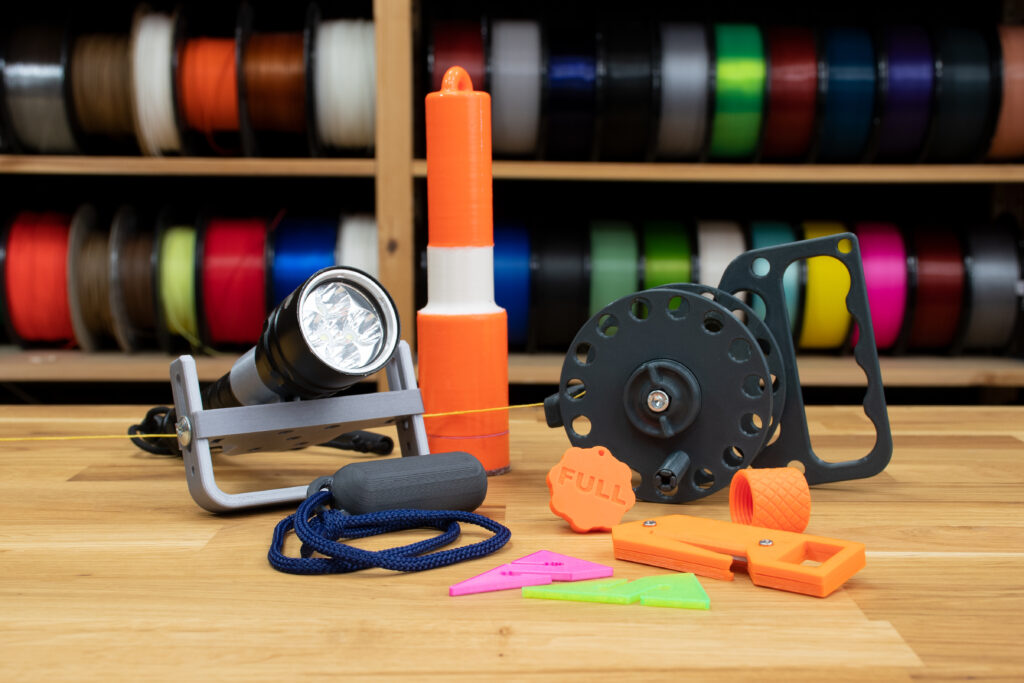
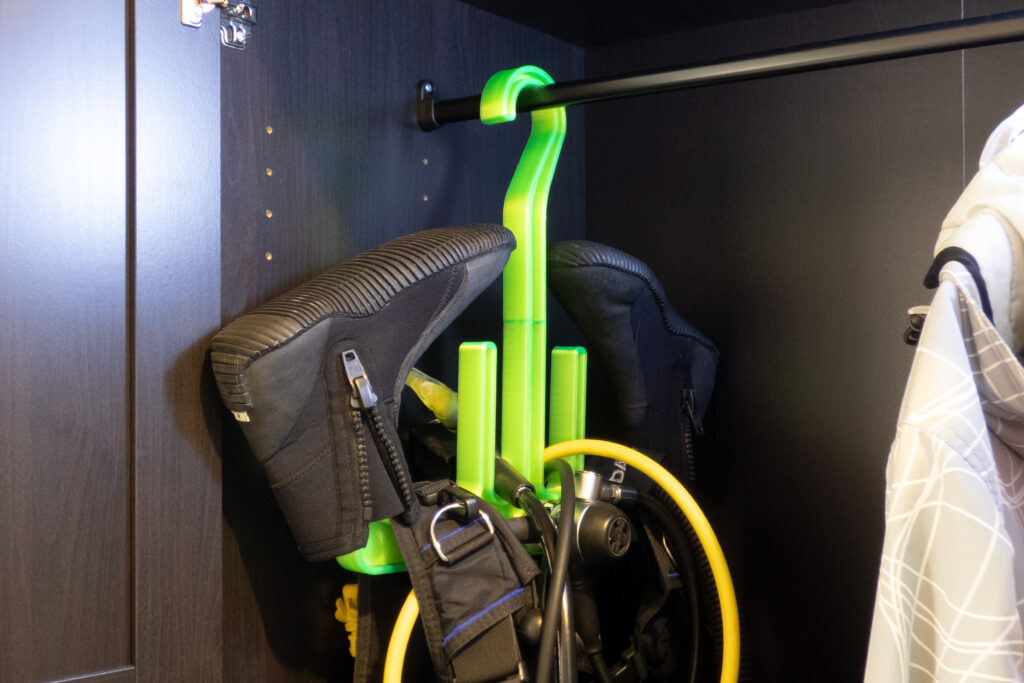
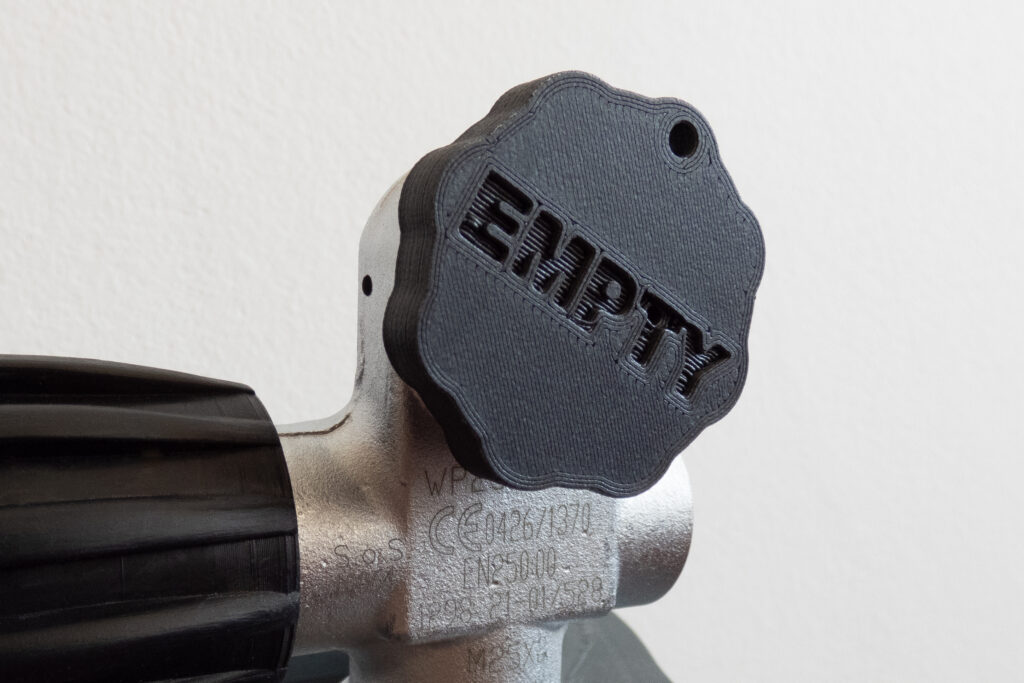
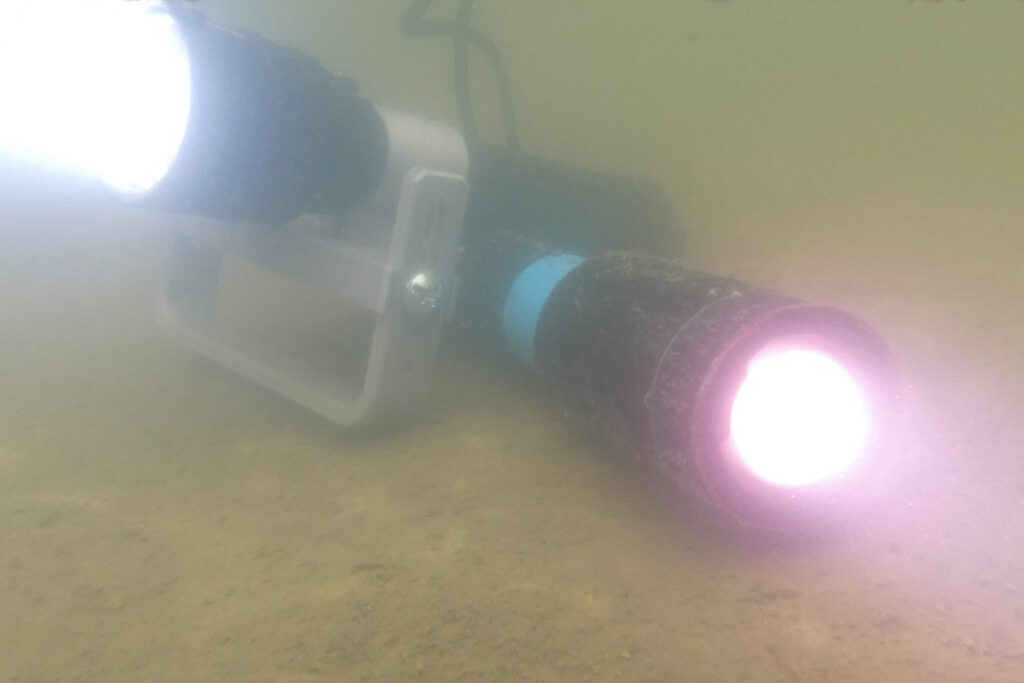
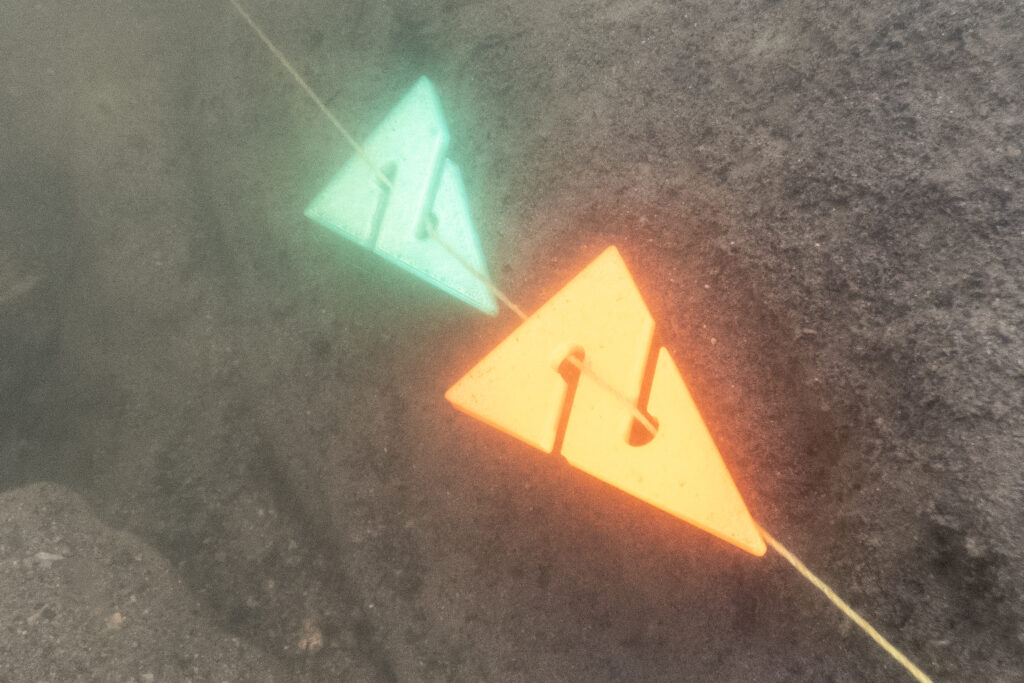
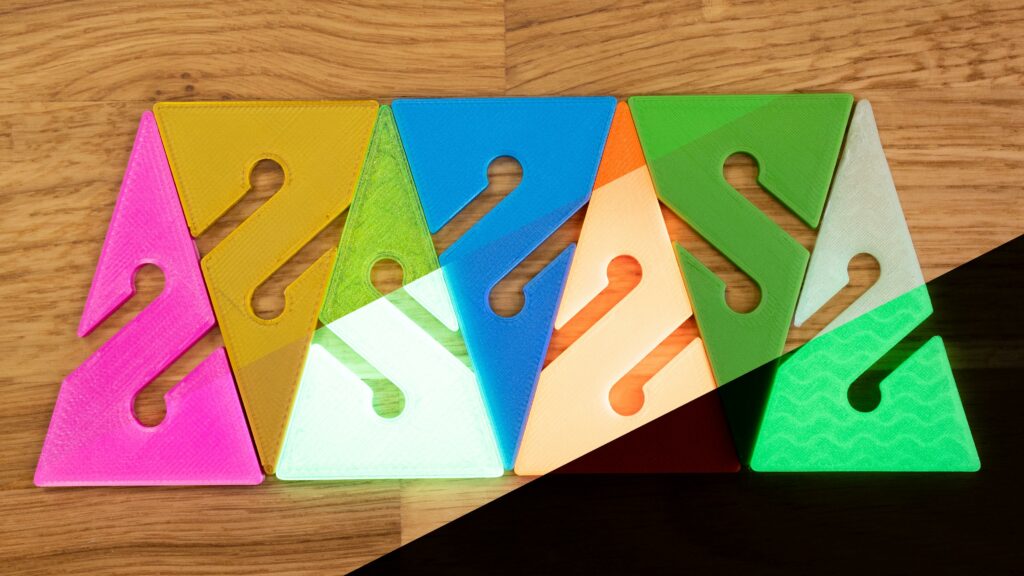
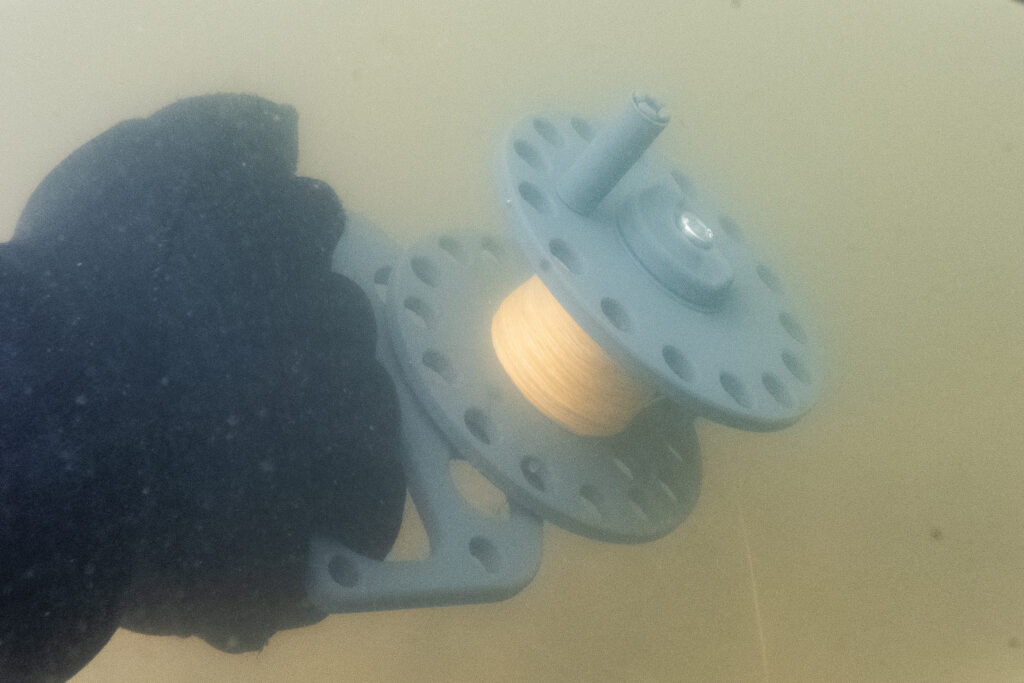
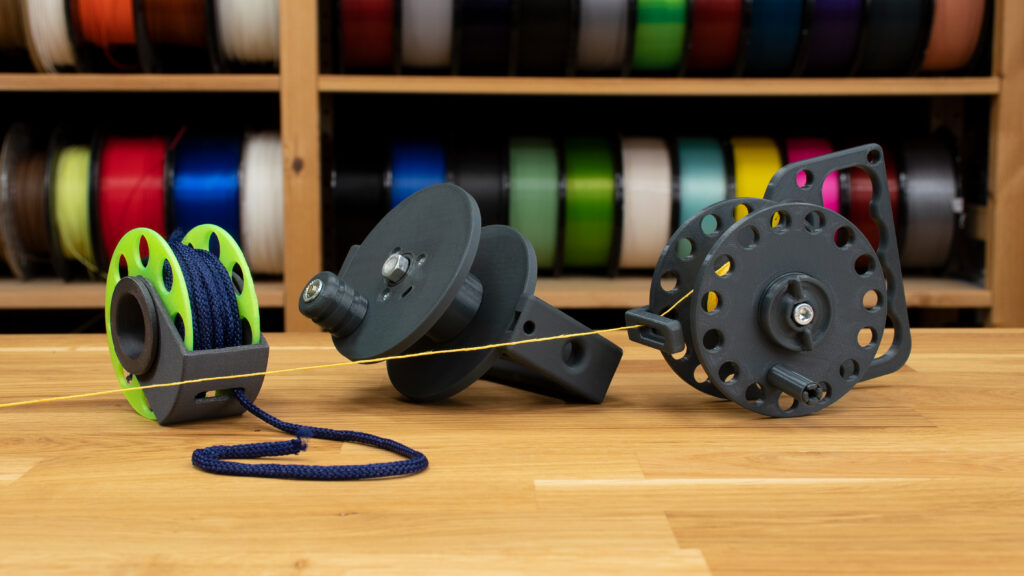
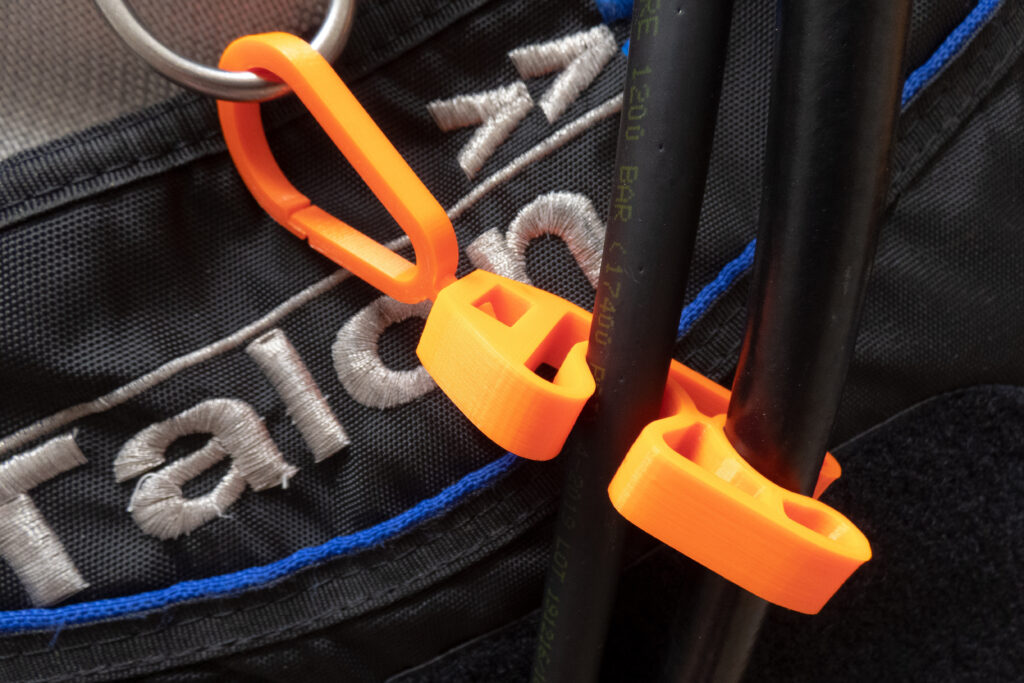
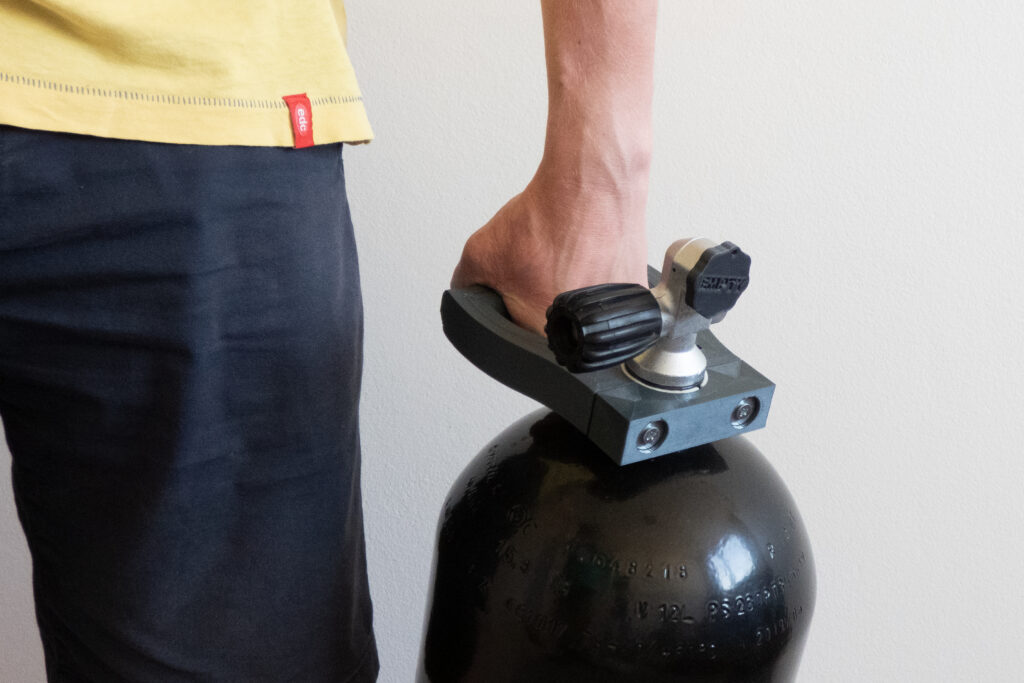
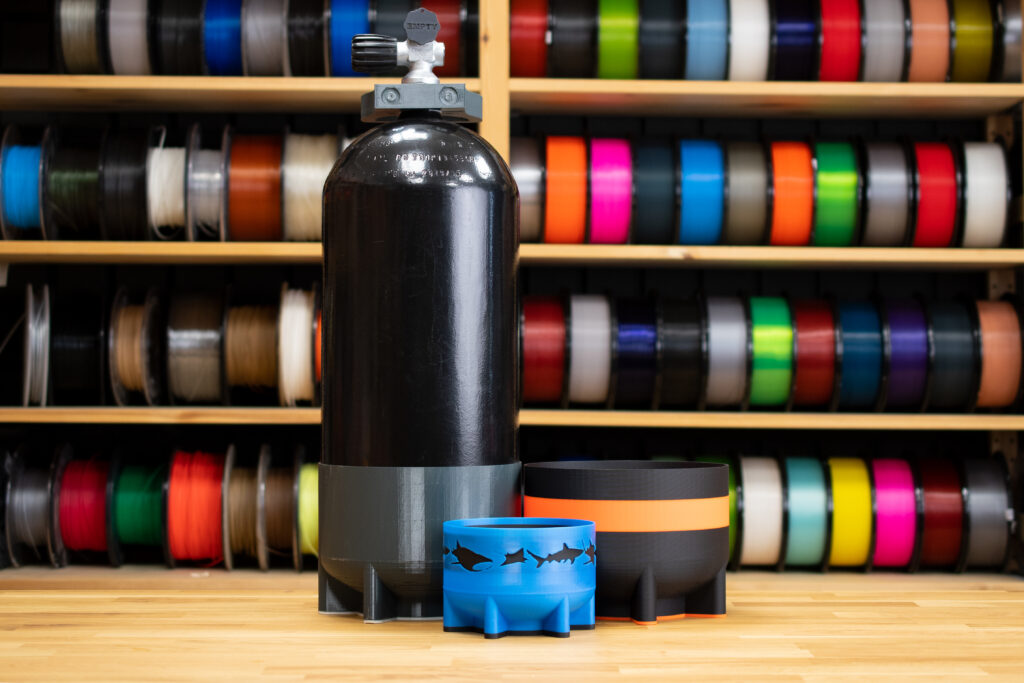
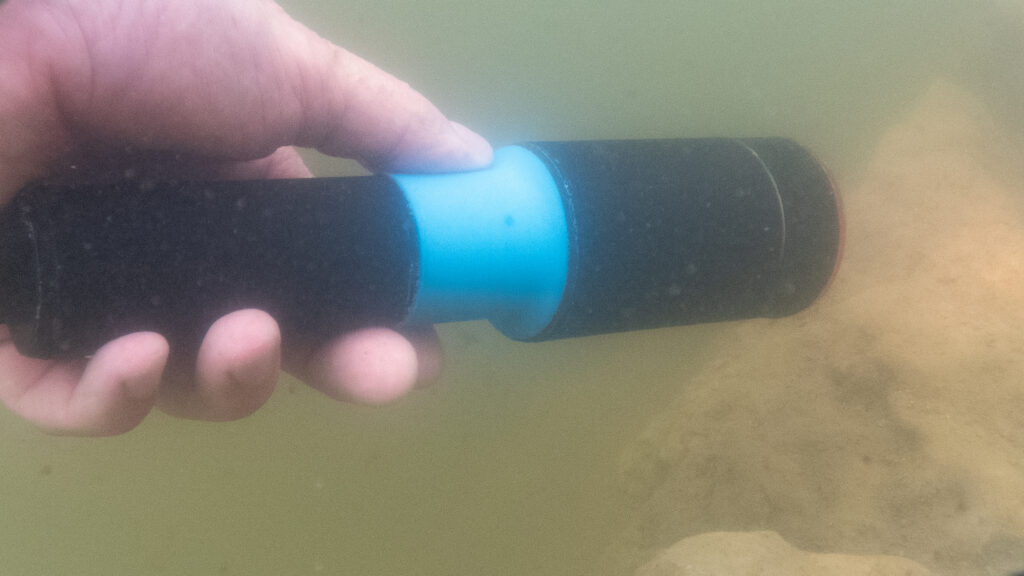
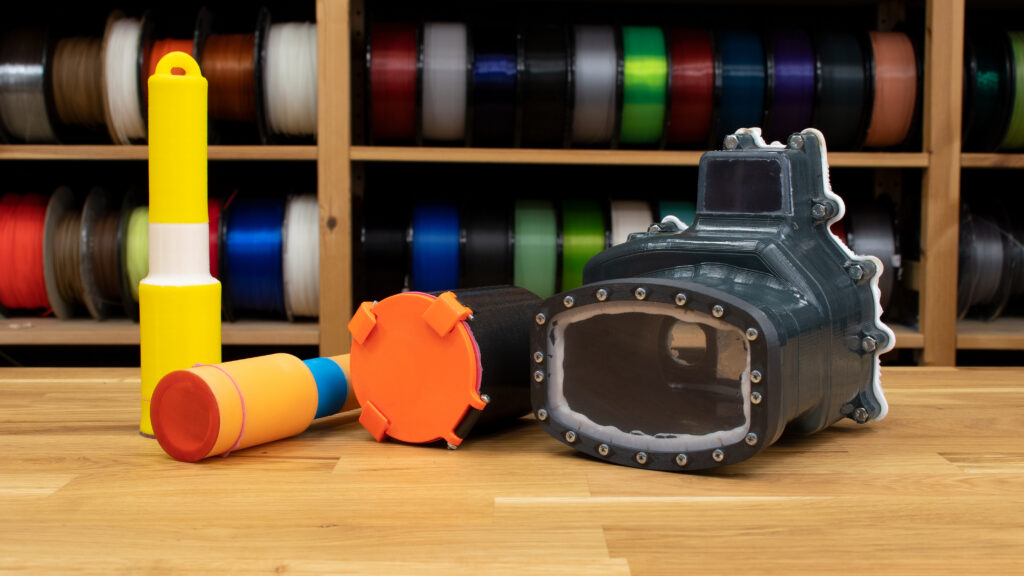
@jakub: May I suggest changing the links to the English website if the blog post is in English too? 🙂
*links to the shop products
Oops, awkward. 🙂 It’s fixed now, thank you.
Hi,
I’m looking for the model of the reel shown in the picture underwater.
Is it hosted on prusaprinters.org or somewhere else?
Im looking for it as well